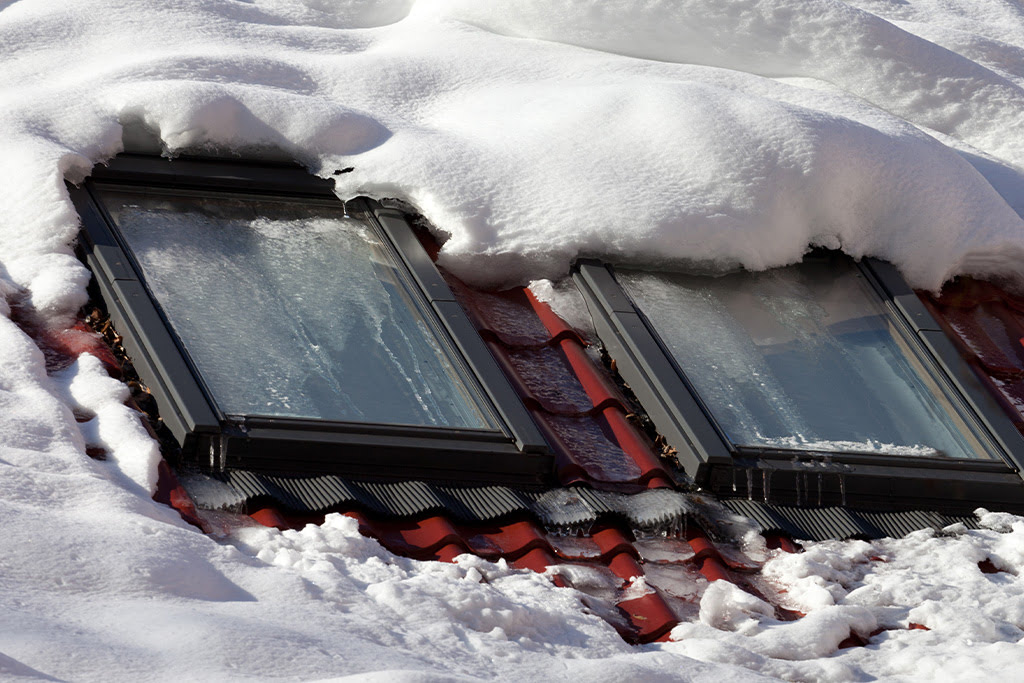Roofs and roofing, Tips & Useful Info
A leaking roof is more than just an annoyance that can cause dripping water indoors—it’s also a potential safety hazard that can seriously impact your home’s value if it’s not dealt with quickly. That makes spotting roof leaks early essential for conscientious homeowners, as well as knowing what to do when you recognize one.
Below, our...
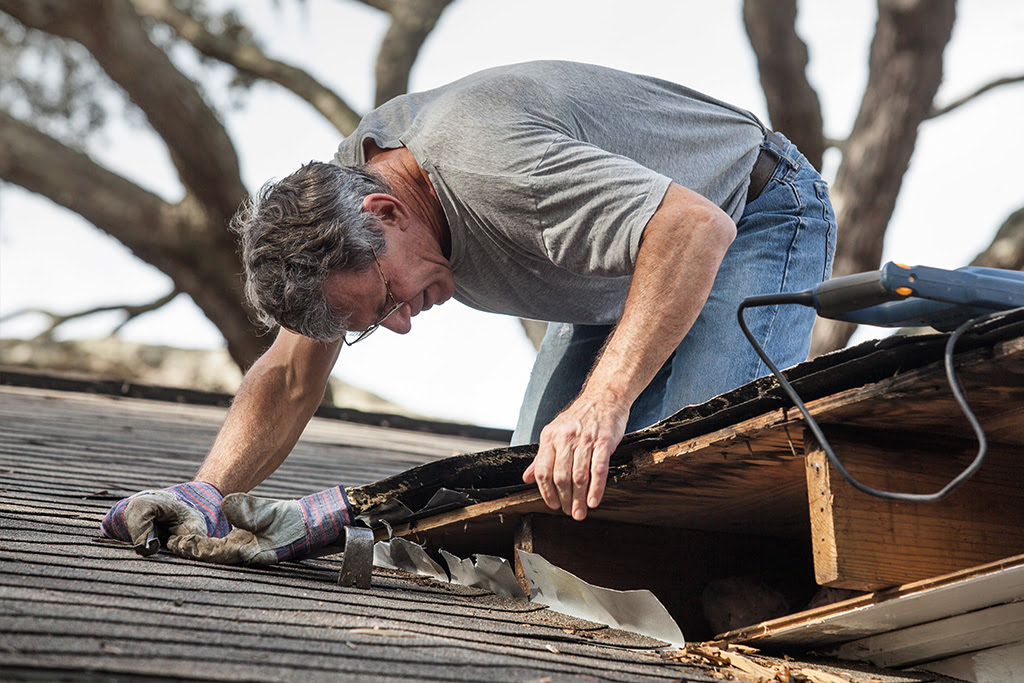
A leaking roof is more than just an annoyance that can cause dripping water indoors—it’s also a potential safety hazard that can seriously impact your home’s value if it’s not dealt with quickly. That makes spotting roof leaks early essential for conscientious homeowners, as well as knowing what to do when you recognize one.
Below, our team explains how to discover roof leaks, and what you can do to slow them down so that their impact is minimized until you can schedule professional roof repair. Read on and learn how to keep the roof over your head safe and sound.
Common Causes of Roof Leaks
Roof leaks can be caused by various factors, including:
- Damaged or missing shingles: Harsh weather, falling debris, or improper installation can lead to damaged or missing shingles, exposing the roof's underlayment and decking to water intrusion.
- Cracked or deteriorated flashing: Flashing is a protective barrier installed around roof penetrations such as chimneys and vents. Over time, flashing can crack or deteriorate, allowing water to seep in around these vulnerable areas.
- Clogged gutters and downspouts: Leaves, debris, and dirt can clog gutters and downspouts, preventing proper water drainage. When water overflows, it can damage the roof's edges or find its way under the shingles.
- Poorly sealed vents and skylights: Vents and skylights require proper sealing to prevent water intrusion. If not sealed correctly, they can become entry points for water, leading to leaks.
- Ice dams in colder climates: In Calgary’s cold climate, ice dams can form at the roof's edge in winter, trapping melting snow and ice. This water can then seep under shingles and cause leaks or damage to the roof's structure.
- Damaged roof decking or underlayment: The roof decking and underlayment serve as crucial barriers against water infiltration. If damaged by rot, pests, or other factors, they can no longer protect the interior of the home from leaks.
- Age and general wear and tear: As roofs age, materials can deteriorate, and seals can weaken, making the roof more susceptible to leaks. Regular maintenance and timely repairs can help prolong the roof's lifespan and prevent leaks.
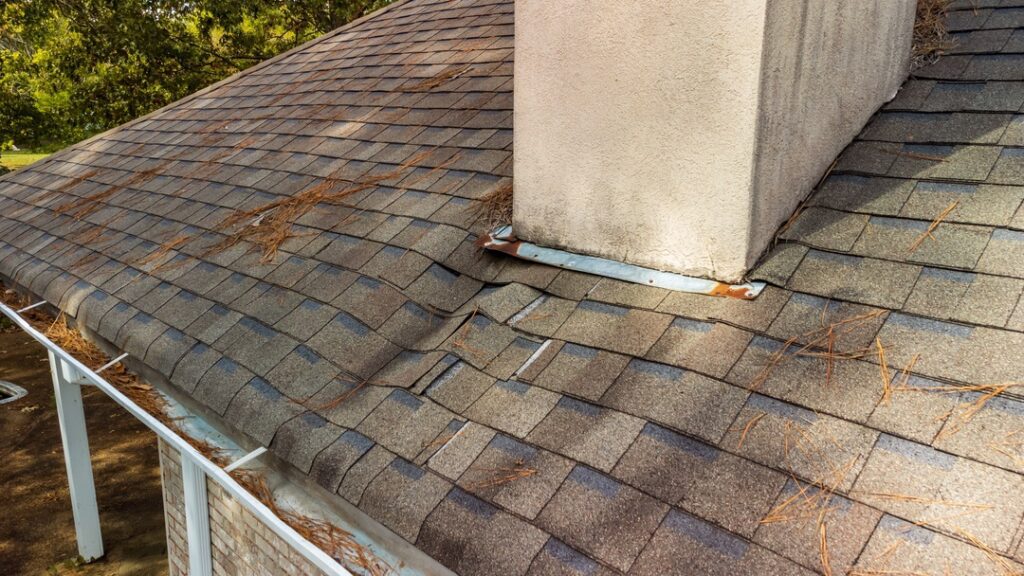
Signs that May Indicate a Roof Leak
Here’s what to look out for when you’re trying to find the source of a likely roof leak:
- Water stains on ceilings or walls
- Mold or mildew growth
- Damaged or discolored shingles
- Peeling or bubbling paint
- Wet insulation in the attic
- Damp spots in the attic or crawlspace
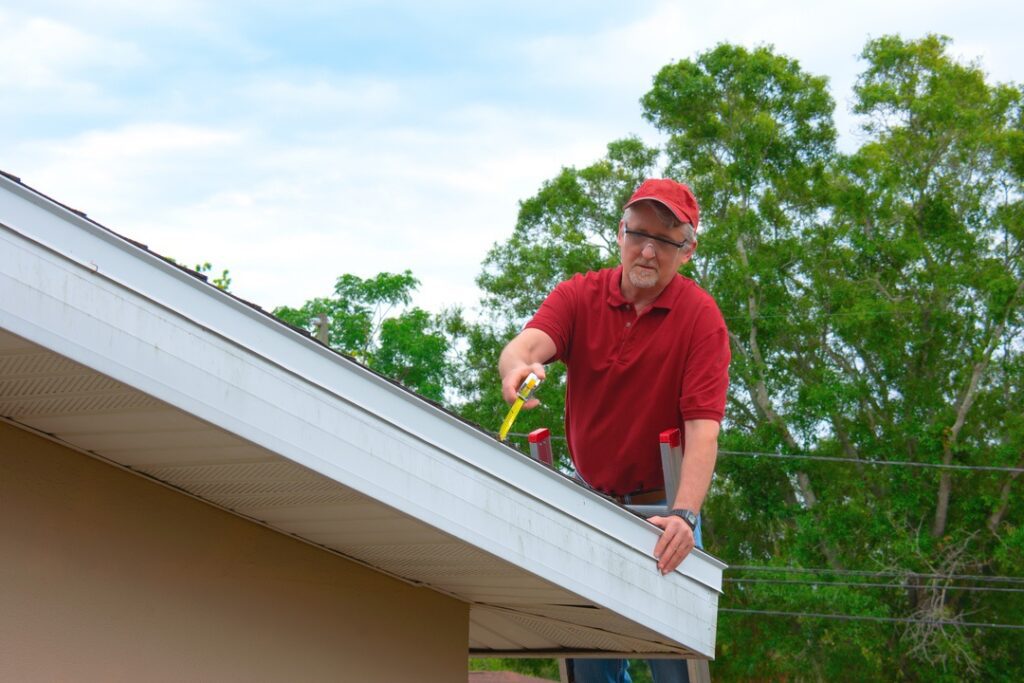
How to Inspect Your Roof for Potential Leaks
It’s best to take a thorough and systematic approach to checking your roof for leaks. Here are the steps we recommend:
- Perform visual inspections twice a year, ideally in spring and fall: Regular inspections can help detect minor issues before they become major problems, ensuring the roof remains in good condition and extending its lifespan. Start by examining the roof's exterior for visible damage. If you have a sloped roof, you may be able to view it from the ground—otherwise, you’ll probably need to access your rooftop for a closer look.
- Check for damaged or missing shingles: Identifying damaged or missing shingles early can help you prevent water infiltration and minimize the risk of leaks by replacing them as soon as possible.
- Inspect the flashing around vents, chimneys, and skylights: Regularly checking the flashing ensures it remains in good condition and maintains a watertight seal, preventing leaks around vulnerable roof penetrations.
- Examine gutters and downspouts for blockages: Clearing gutters and downspouts of debris allows for proper water drainage, reducing the risk of leaks and water damage to the roof's edge and structure.
- Look for signs of leaks inside the home and in the attic: Early detection of water stains, mold, or damp spots can prevent extensive interior damage and help identify the source of the leak, making it easier to repair quickly.
Required Tools & Equipment
To inspect your roof properly, we recommend that you use the following items:
- Binoculars
- A ladder
- A flashlight
- A moisture meter
- A roofing tarp or plastic sheeting (for temporary leak mitigation)
Safely Accessing Your Roof
To reach the top of your roof safely, keep the following tips in mind:
- Use a sturdy ladder with proper safety features
- Wear non-slip footwear
- Use a safety harness (especially if working on a roof with a steep slope)
- Avoid climbing onto your roof during inclement weather or high winds
How to Slow Down a Leak in Your Roof
Once you’ve found a leak in your roof, the next step is to prevent it from causing further water damage while you wait for professional help to arrive. Here’s what you should do:
- Place a bucket or container inside the house to catch dripping water underneath the leak.
- Use towels or rags to soak up excess water that has already entered your home
- Cover the leaky part of your roof with a tarp or plastic sheeting until it can be properly repaired
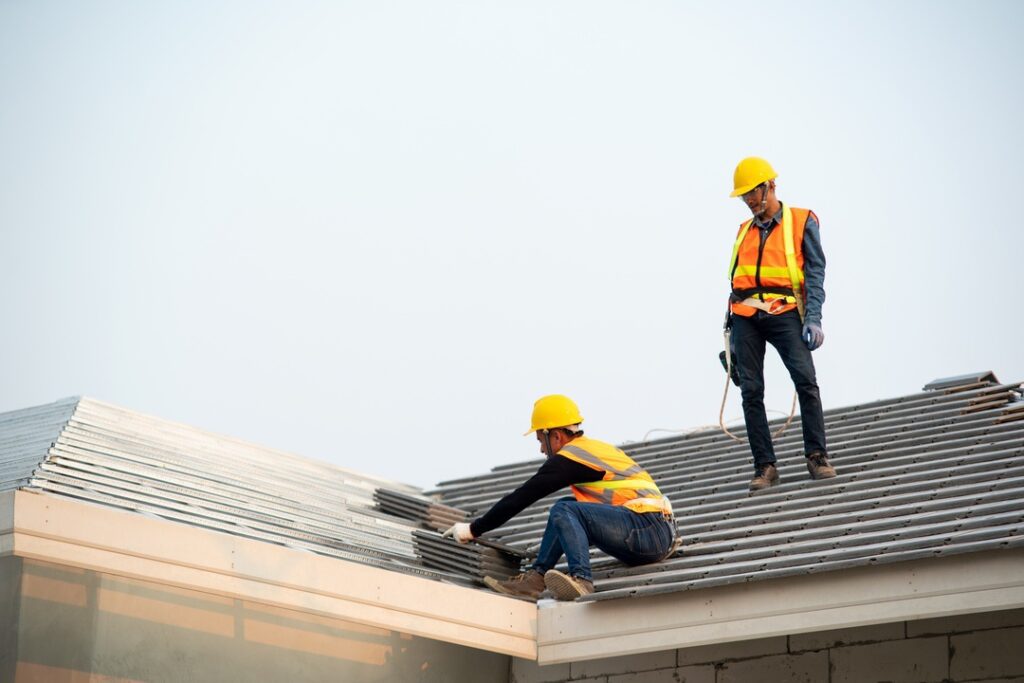
When to Call a Professional Roofer for Help with Leaks
The sooner you call a professional for roof repairs after you’ve discovered a leak, the less likely it will be to cause major water damage in your home. You can also skip right to calling for help if you know there’s a leak but can’t find the cause, or if you don’t feel comfortable climbing onto your roof by yourself.
Contact Guns N Hoses to learn more about our efficient approach to roofing repairs in Calgary. With our help, you’ll be able to make sure your roof stays safe from leaks and their effects for years to come.


